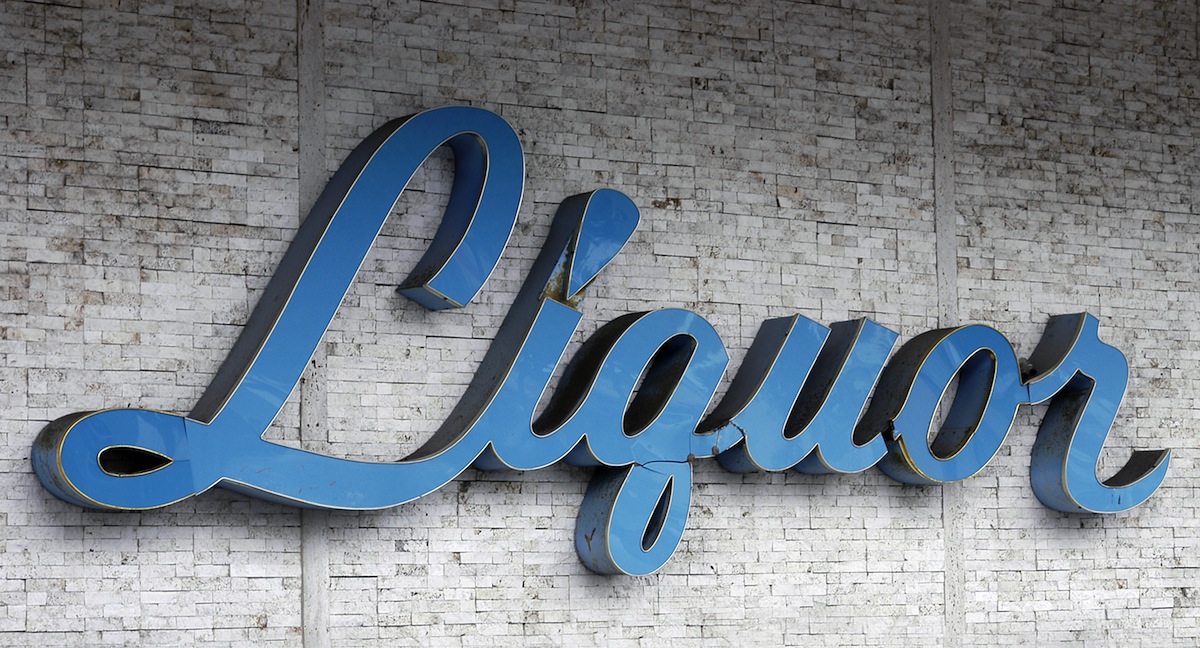The Local newsletter is your free, daily guide to life in Colorado. For locals, by locals.
As a recent transplant from Arizona, I’m still adjusting. Parking meters are different, colloquialisms vary, and the weather is downright brisk (brrr!). One nuance, in particular, still confuses me: Why do grocery stores stock 3.2 beer?
Embarrassingly, my first introduction to this weak swill (the ABW weighs in at 3.2 percent or lower) was at a Super Bowl party—with a 12 pack that I had brought. Of course, when hosts and partygoers discovered the beer was bought at a grocery store, it was left untouched and, I imagine, later thrown out.

I can’t blame them. Sipping a local IPA that’s been watered down seems like some sort of craft beer crime. Shortly after and during my first-ever trip to King Soopers (another newbie lesson is grocery stores with odd names), another horror: Wine was nowhere to be found. All of which made me wonder what’s the deal with Colorado liquor laws?
BREAK IT DOWN: COLORADO’S BOOZE REGS
The laws that regulate what types of liquor are sold in grocery stores are mainly products of the dissembling of prohibition in the 1930s. In Colorado, 3.2 still made sense when 18 year-olds could buy it (repealed in 1987), and when it was the only beer you could buy on Sundays (forgone in 2008). So, why has the 3.2 portion of Colorado’s beer code remained unchanged?
For one, 3.2 beer still sells. Some people like a lighter brew. More importantly, that particular liquor license is kept around because of what might happen if it isn’t. If the alternative is to sell full-strength beer in retail stores, local businesses have given a resounding, “No, thank you.” The fear is that selling “real” beer in grocery stores could monopolize the craft beer market and pull revenue away from independent and locally owned liquor stores.
The argument for retail liquor licenses is similar. That’s the rule that dictates why one seemingly random grocery store has full-strength beer, liquor, and wine while another, just a few miles away, doesn’t. (For the consumer, it’s a plus to be able to buy a loaf of bread and a bottle of wine all in one place.) That’s because retail liquor licenses—the one that applies to grocery stores—are limited to one location, per company, in the state. And that brings us back to the same concerns about sabotaging local business.
Colorado’s fiercely local liquor attitude can be off-putting and it’s part of what kept Trader Joe’s away for so long. (If you’re looking for their spirituous store when they open in February, make sure to head to their Eighth Avenue and Colorado Boulevard location.) So, will things change? Probably not this year. My workaround: Warn Colorado newcomers before they show up to a Broncos viewing party with a pack of 3.2 swill. It is the neighborly thing to do.
More: Food and booze one-stop shopping is one of our 18 wishes for making Denver an even better place to live. Check out “Wishful Thinking” in our January issue for the rest.
1/14/14 Correction: This article stated that 3.2 percent beer is measured by volume (ABV). In fact, 3.2 beer’s alcohol percentage is measured by weight (ABW).
—Image courtesy of Shutterstock








